The Creators of the ‘Game of Thrones’ Title Sequence Break Down the New Intro
The show’s world has shrunk and new threats are coming, which means the makers of one of the most iconic intros in TV history got to flex their world-building muscles

Duh-duh duh-duh-duh-duh duh-duh-duh-duh
[Violin voice.] DUUUUUHHHHH-duhhhh, duh-duh-DUUHHH-duuuhh, duh-duh-duuhhh
The Game of Thrones title sequence is, without exaggeration, a modern masterpiece. Born of the practical need to show people who never read the books where the hell this story is taking place, the literal gears and machinations of power evoke the world-building that is the heart and soul of George R.R. Martin’s series. The introduction, set to the sensational composition by Ramin Djawadi, is beloved by critics. Game of Thrones has won 38 Emmys, but its first was for its title sequence. It’s beloved by the people: It’s among the most parodied videos on YouTube and has even been commodified by Oreos. But rather than rest on their laurels, the people who made this iconic work plucked out the title sequence root and stem and remade the entire thing for the final season.
The changes were the first twist of Thrones’ final season. With all the living characters in just a few places, the introduction condensed the show’s world to a handful of familiar locations but dove deeper into them. Rather than starting from the sun that illuminates the map and diving down toward King’s Landing, we begin north of the Wall and move south. Specifically, we move through the Wall, which has a gaping hole, and see some neat light-up blue tiles from the “Billie Jean” music video. We visit Winterfell, dive inside the Great Hall, and head to the crypts beneath lit by torch light. Then we fly to King’s Landing, visit the Red Keep, and enter the Throne Room, coming face-to-sword with the Iron Throne.
The title sequence has been modified before. In each episode, the cities shown are altered based on what is depicted in that week’s plot, and new locations have been added when new cities are introduced. But it’s never been revamped quite like this. To get to the bottom of these changes, we spoke to two of the project leaders at Elastic, the studio that creates the visuals for Thrones’ opening sequences and has also done intros for True Detective, The Leftovers, Deadwood, Carnivàle, and Westworld. Elastic creative director Angus Wall and art director Kirk Shintani broke down why they updated the sequence, how the coolest part of the Thrones intro was inspired by a ’70s show about a private detective, and whether the intro could be a physical object that exists in Westeros. (These interviews have been condensed and lightly edited for clarity.)
Was there any discussion about which places you wanted to highlight in the new intro? Or was it obvious?
Angus Wall: It was fairly obvious. Before every season, we have a conversation with [creators D.B. Weiss and David Benioff and producers Greg Spence and Carolyn Strauss], and there wasn’t a lot of doubt about where we needed to go. And quite honestly, they give us the places. They give us just enough information to do what we need to do every season and nothing more. We don’t know all the story beats that happen in Season 8, for instance. But we do know kind of the basics, and given that brief from them it became very obvious where we needed to go. I think there were questions about where we should start and where we should end. I mean, the opening of this is very different from previous seasons, which all start from King’s Landing, or they start at the astrolabe and then dive down to King’s Landing. We wanted to start in a very similar way but begin in a different location, which is north of the Wall, and then we sweep through the gap in the Wall and head south. It made sense given, frankly, the name of the show, Game of Thrones, to end inside and at the Iron Throne for this new title sequence as that, in an ultimate way, that’s where the whole show is heading. It’s like, that’s the seat of all power.
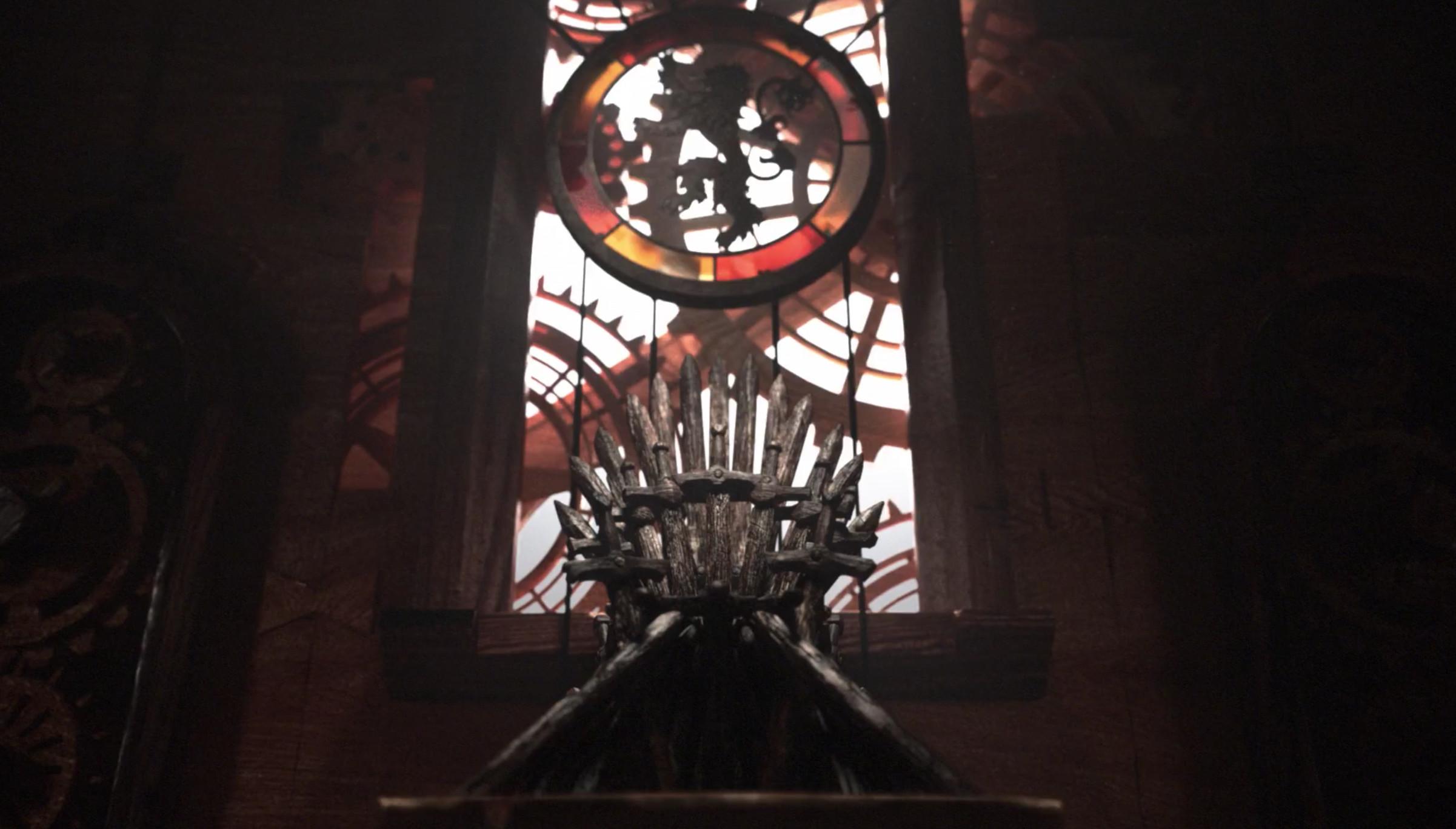
Had you thought about going inside the buildings before?
Kirk Shintani: That was something that Dan and David approached us about in 2017. They had a definite vision as to what they wanted to accomplish for the main title in the last season. And they wanted to go in and change everything and give the viewer a new look on what this main title could be. And for them I think it had everything to do with furthering their story, which I appreciate 100 percent.
That’s definitely one of the things where for us we wondered [after Season 1] what would that look like? We kind of took this bird’s-eye view and it was very wide and the scope of it was more broad. And when Dan and David came to us and said they wanted to fly into stuff, we were pretty thrilled. And then it begged the question of, “How do we do that?” Because we basically had to throw everything out and start over from scratch in order to go from the outside to the inside. This season was closer to Season 1 than the other seasons because we redid the whole thing. We didn’t reuse anything from the previous seasons. Season 2 through 7 it was more of an editorial exercise of updating shots and keeping some of the stuff we had done prior, but this one is all brand new, so it was kind of flashbacks for the crew to Season 1.
You guys go into the Red Keep and the crypts and the Throne Room. What’s the difference between designing architecture versus interior design?
Wall: When you’re inside, we had to answer a couple new questions, and that is, “How are these spaces lit?” In the crypt beneath Winterfell, in particular, that is almost entirely lit by torchlight so, actually, the Winterfell crypt was the design that required the most iterations because we started with one concept of how to light it and we ended up with a very different one. Not radically different, but a slightly different version of it that was more like the actual physical location. … When we first go inside Winterfell, there are some really beautiful lighting effects. There are panels that open, and this happens all the way through the sequence; there are panels that open and let in the exterior light, and that really allows for some additional drama when you’re revealing these spaces, which is pretty cool.
The Last Hearth is new. What was it like designing that?
Shintani: I think the big thing with the new location was you’ll notice the land that it is sitting on is actually a spiral, so that is thematic of what’s been going on with the White Walkers since Episode 1. So for us that was a cool little tidbit to figure out how to incorporate the spiral into the location. And that is something Dan and David thought would be really cool to throw into there.
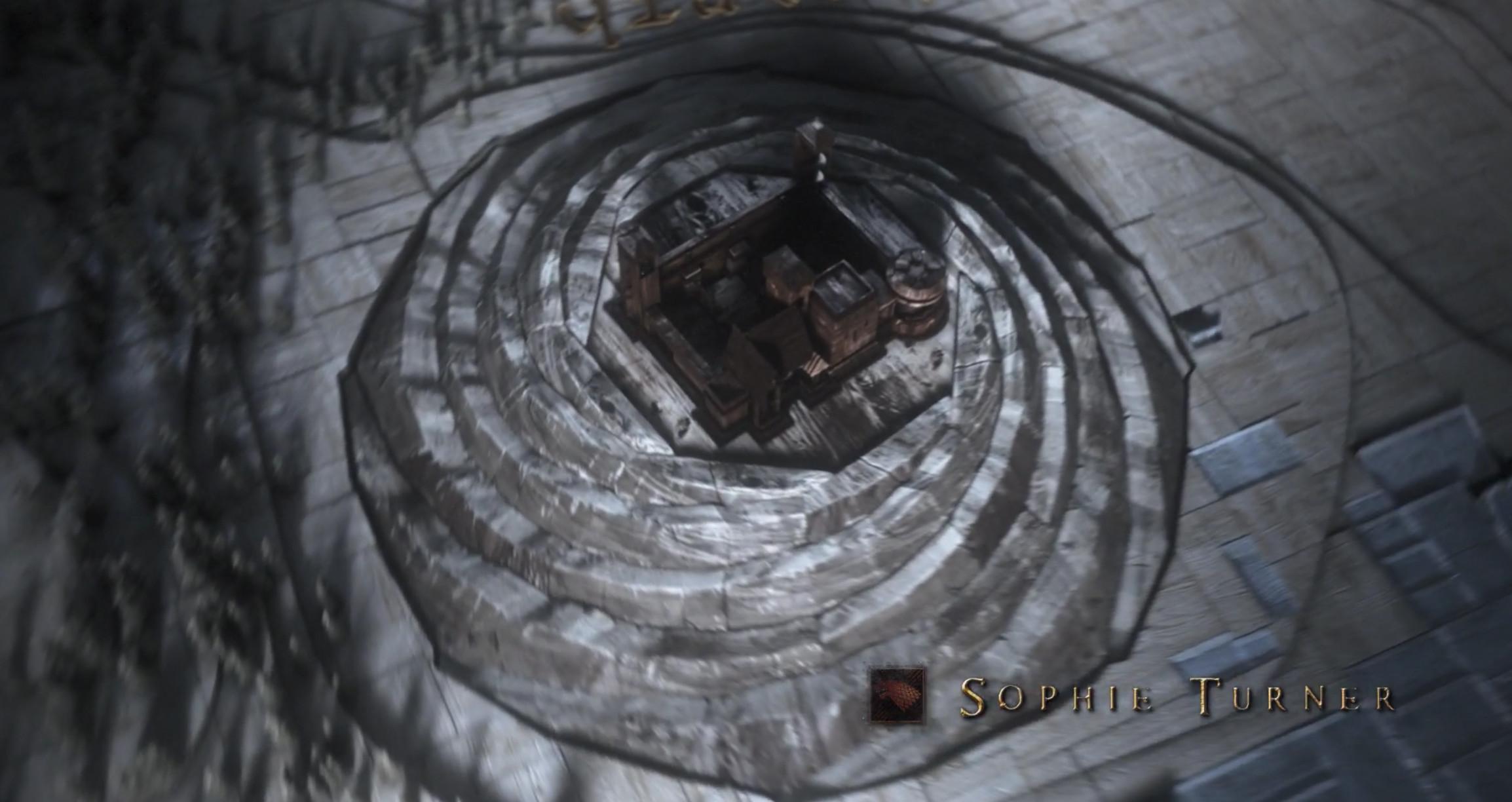
And I also noticed that the title now has blue tiles moving in the direction of some of the show’s settings, and obviously that is ice expanding, but I’m curious why you chose to go with the square pattern.
Wall: It’s one of the things we had talked about in the early design sessions for Season 1. Making these tiles that would create the ground plane but actually see them change. It could represent the movement of people, it could represent the movement of armies, it could represent the movement of seasons, or whatever. So that’s a design system that we never implemented until Season 8.
Were there any great ideas you had to leave on the cutting room floor?
Shintani: I think, ironically, for us we’ve been staring at this main title for almost nine years now. For Season 1, there were tons of ideas that we didn’t get in there, and over the last seven seasons we’ve always wished we could redo it. So this last season gave us that chance. … Season 1, we’re trying to establish everything; we had to take this broader view and show people this is where King’s Landing is, this is where Winterfell is, this is where Astapor is. It was more about localizing the viewer so they understood what this world was. But now, in Season 8, everybody knows where everything is. I mean, there is no big mystery to where these locations are, so we had an opportunity this season to add the finer details we were toying with in Season 1.
Is the process easier now than it was nearly 10 years ago, when you started on the original introduction?
Shintani: The biggest thing is the sheer amount of power you have on the desktop versus now. Ten years ago is eons in technology terms. … The updates to the software have been mind-boggling. We’re using basically the same packages, but just the execution of it is so much easier to get super detailed. Season 1, we were afraid we were going to fill up our servers because the size of the stuff was so big because we had so many moving parts. I don’t know the exact number, but Season 8 compared to Season 1 is probably 20 times, 25 times larger. It’s a little gnarly. We’re talking about a lot of data.
Wall: One of the things we did this year that we did for the new season was actually gave everything a very specific scale. In the first seven seasons, the actual scale of all the textures and of the different structures was a little bit nebulous. So for instance, in the first seven seasons, it’s hard to know really how big the Red Keep is proportional to, you know, the real world. In the new season the Red Keep is 20 feet tall. So in designing all these things we were very, very specific in trying to approach reality as much as possible with the scale of all of the objects.
The astrolabe—the rotating thing with the bands and light and logo—I know there’s three bands on it and it tells the history of Westeros. Did you consider adding a fourth ring?
Shintani: It did come up as a possibility, but I think up until this point it’s kind of been—the point of the astrolabe in seasons 1 through 7 was to kind of give the prehistory. So if you look at what is on there, it’s all of the stuff that leads up to Season 1. So it kind of gives the astute viewer a background of where you are in the broader history of Westeros. So in Season 8, we actually updated all of the bands. And they all reflect stuff that’s actually been in the show to kind of show that it has been a long time and there has been significant events that have transpired in the show that need to be recorded down in history. So for us the hardest part was figuring out which three events to highlight because there’s pivotal moments in the show.
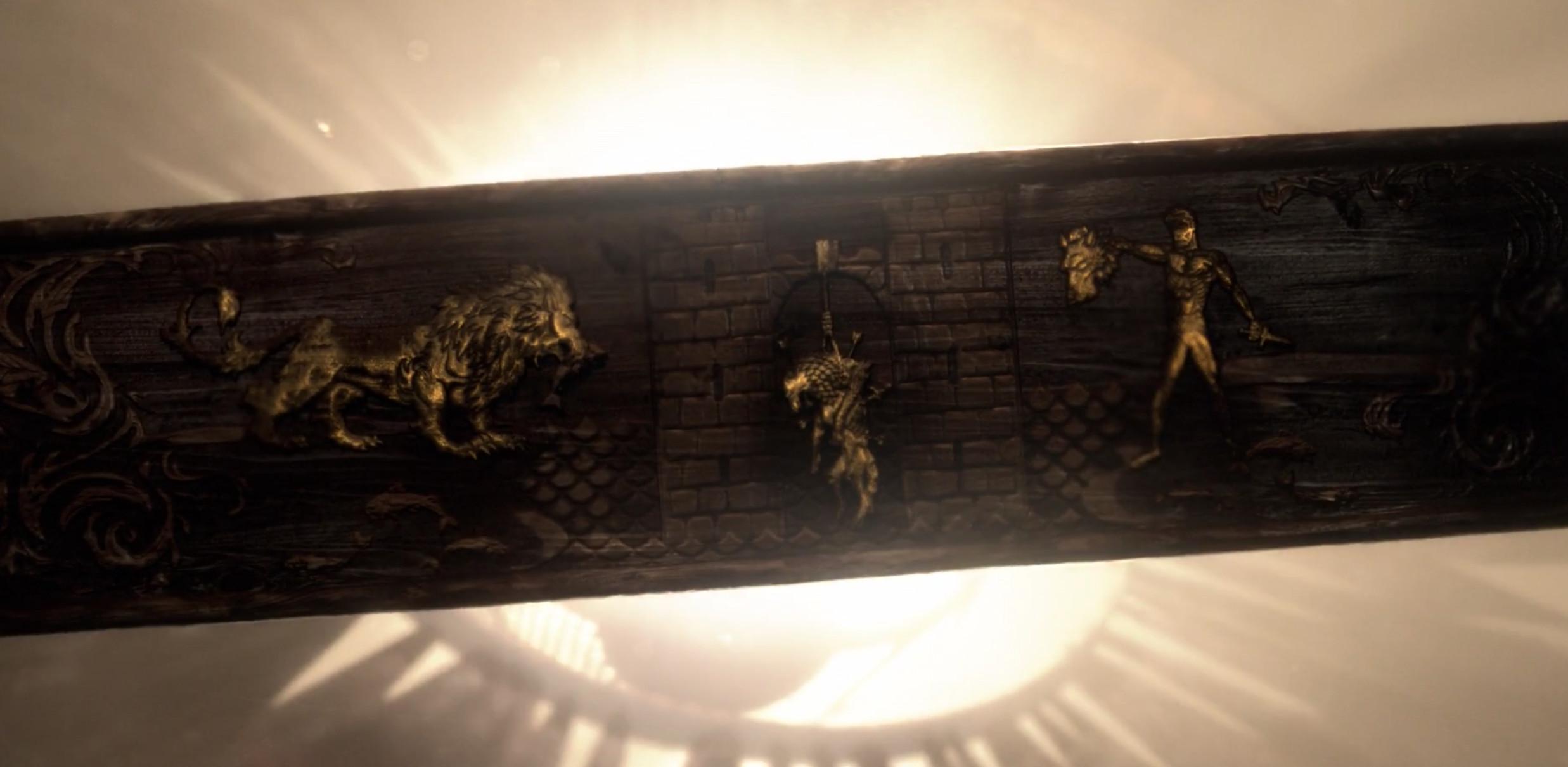
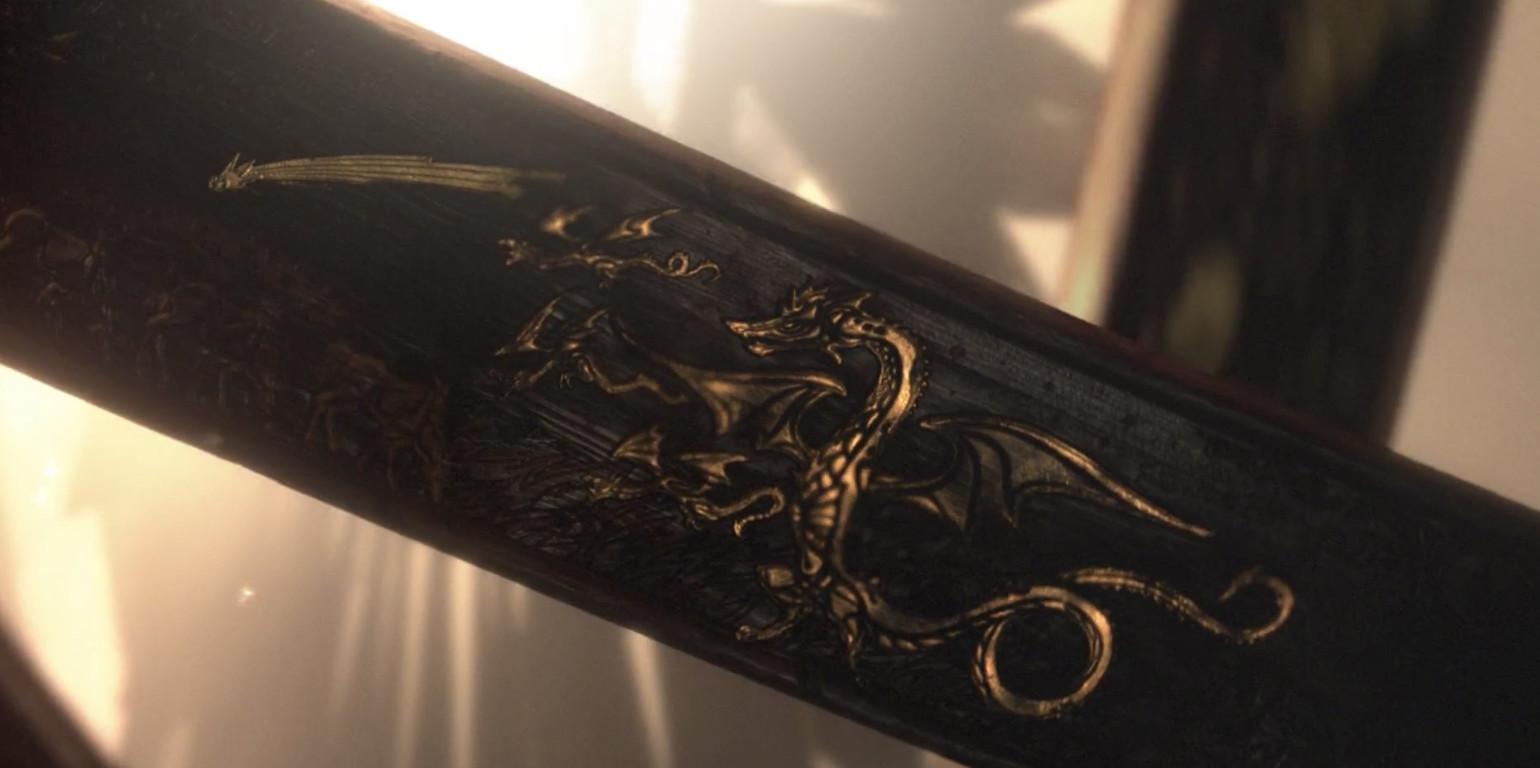
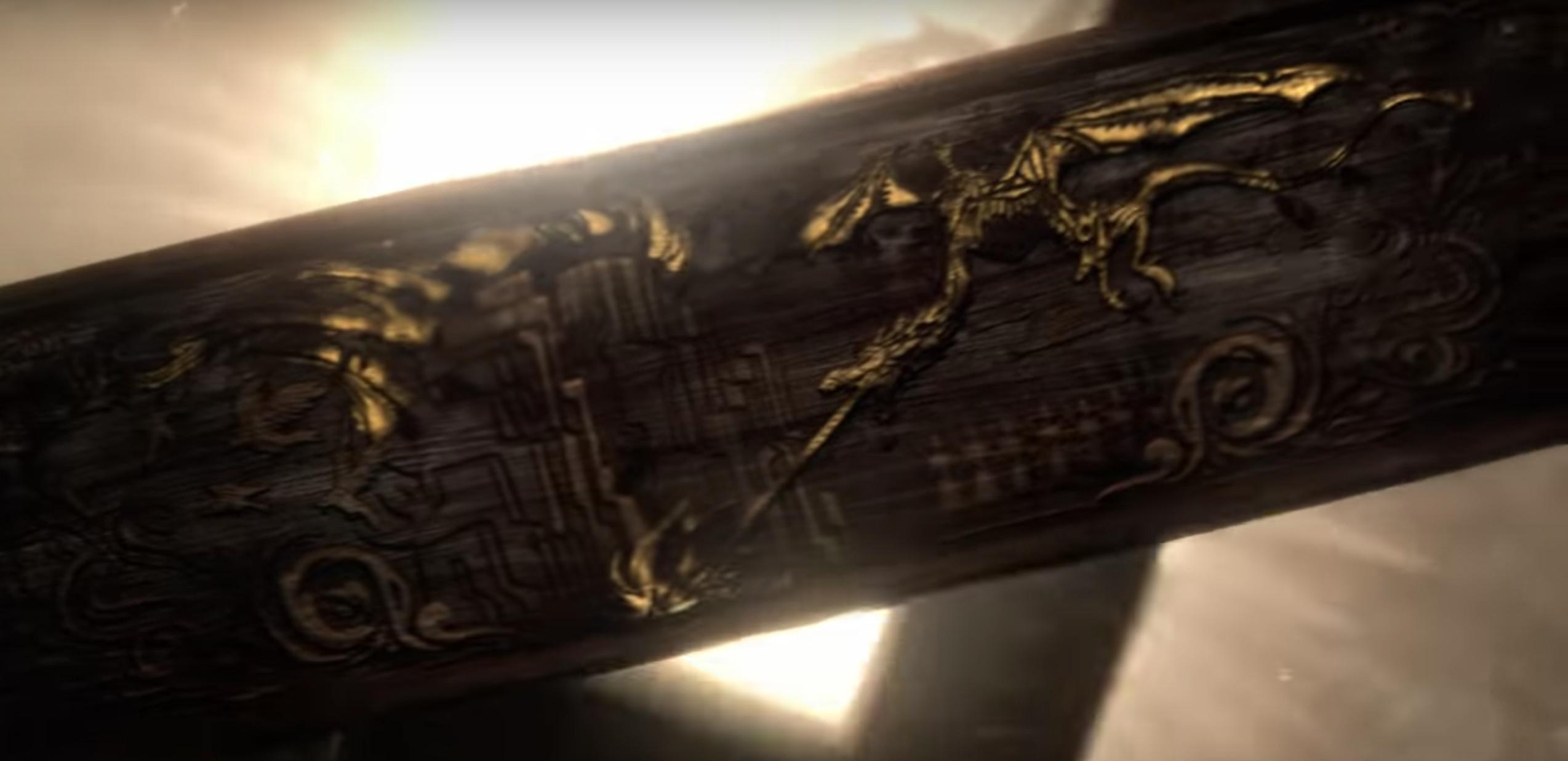
I read that for the original maps you consulted with George R.R. Martin for scale and to make everything right. Did you consult with him for the interiors or anything on this version?
Wall: No.
How does it feel to make an intro that some fans may consider among the greatest ever?
Wall: It’s kind of a leading question. Better than The Rockford Files, are you kidding? And actually I believe the message left on Jim Rockford’s phone changed every episode, which is actually a little bit of the inspiration—I don’t know that I’ve ever said this before—but it was actually part of the inspiration of changing this every episode.
Wait, the Rockford Files phone message was the reason that you thought about changing the title sequence?
Wall: Well, it was definitely a reference for like, “Hey, title sequences don’t have to be the same every episode.” It’s kind of cool when there are things that change episode to episode.
You said in a great interview with Art of the Title that the goal for making the original title sequence was “to replicate something that looks and acts like a physical object.” Why was it important to make it feel like a physical thing?
Wall: I think we wanted to build something that could theoretically exist within the show. Within the world of the show. And because of that, the goal should be to make something that was made from the materials that you see throughout the show, which is wood, metal, leather, fabric, some glass, primitive glass, that all seems like it needed to be in keeping with the materials of the show proper.
Is it possible that the intro is a thing that exists in the show?
Wall: Somebody asked me, “Where is this?” We did have this early mental construct of sort of mad monks watching everything unfold, watching the narrative unfold through the map and sort of monitoring things. I don’t know where the map would be if it was in the show. It was designed as a separate, almost like a companion world to the world of the show. Obviously there’s an astrolabe in the show, which we were really delighted to see, quite frankly. But yeah, I think you’d have to ask Dan and Dave that.
Disclosure: HBO is an initial investor in The Ringer.

